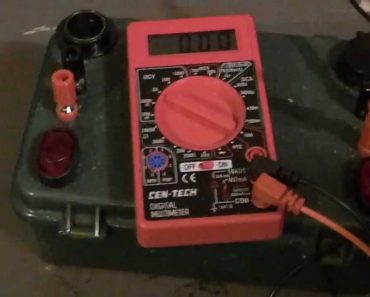Musicians From Mars is part of the famous “Blood and Guts” speech General Patton to his men in 1941 “There is still a tendency in each separate unit…to be a one- handed puncher. By that I mean that the rifleman wants to shoot, the tanker to charge, the artilleryman to fire…That is not the way […]
Month: November 2015
How to Make a DIY Battery Box
Being a DIY’er is a lot like being a gun guy. Any self respecting gun guy has (at one time or another) bought a gun simply because he had either a holster or an odd box of ammunition that he didn’t have a gun for. This DIY Battery Pack project is like that. I […]
Dictionary and Manual of Fireworks
Dictionary and Manual of Fireworks was written by a legend in the pyrotechnic field. Not only is this book written by George Washington Weingart’s, it contains the Carlisle-Weingart Papers. These papers are years of priceless firework related correspondence with Weingart. In this book, Learn why Weingart decided to write the book, discover new formulas & […]
Dave Ramsey’s Baby Steps and Preppers
I am a fan of Dave Ramsey, I listen to him on the radio, read his books, and being from Tennessee, I have driven by his studio several times as it is just down the road from one of my favorite gun stores. The thing I like best about his system is that it takes […]
Talking with 7 Trumpet’s Prepper
I recently had a chance to talk with 7 Trumpet’s Prepper as he was traveling home after filming a show up in Alaska. I do like and respect Lucas from 7 Trumpets, but I do have some things I like about Lucas but I also have things I disagree with. My science education suggests to […]





